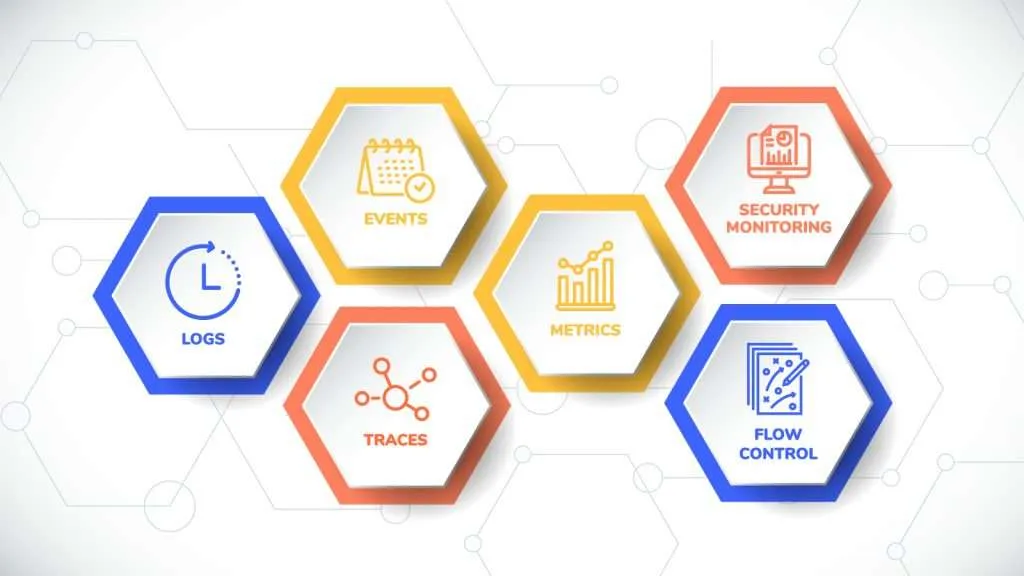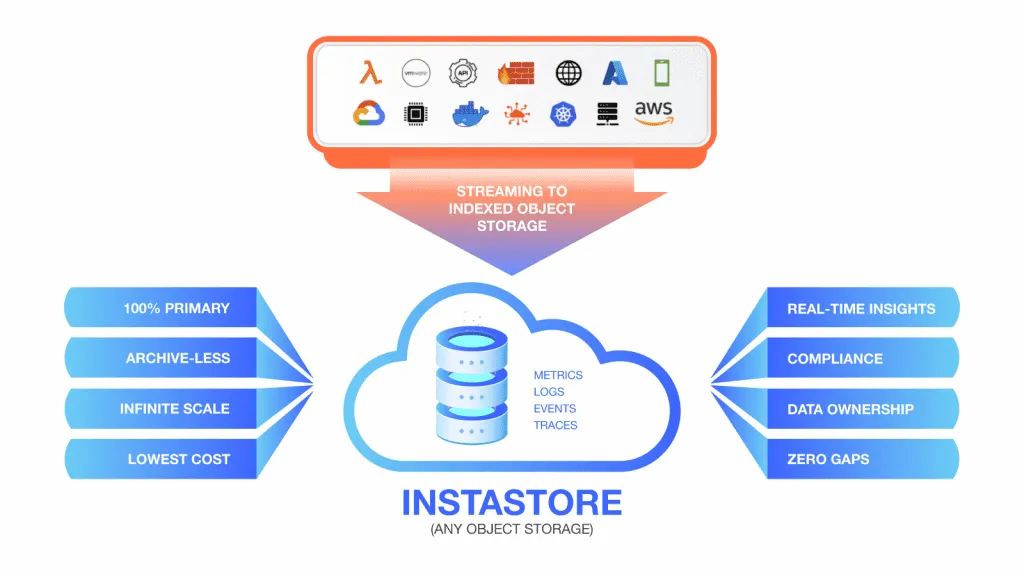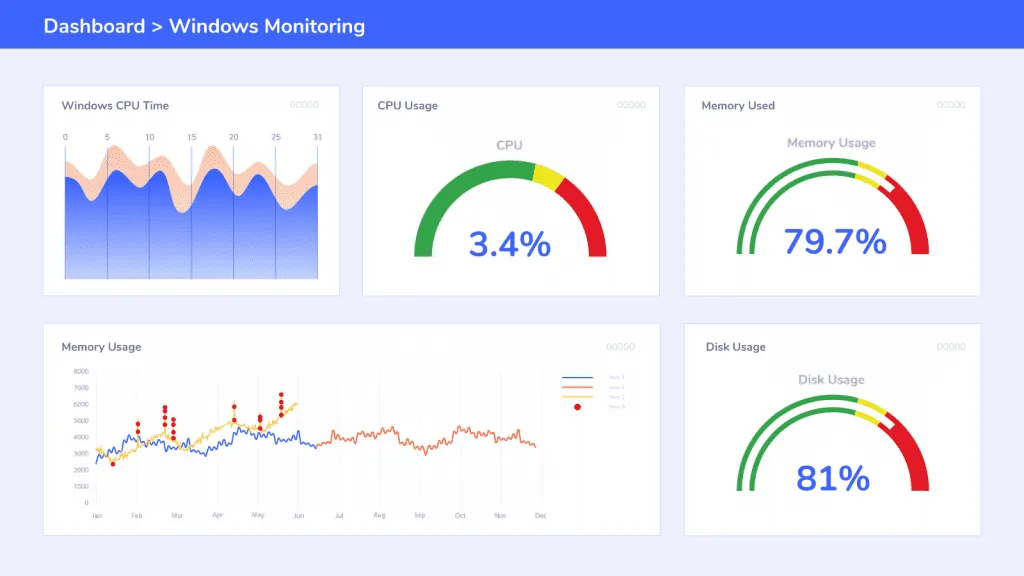The term “observability” has gone viral in the cloud industry, at least among IT professionals. Because it describes a group of concerns that more and more people confront every day, and which are not addressed by our established monitoring technology and best practices. In recent years, the formerly obscure technical jargon discovered from control theory’s embedded archives has received tremendous attention.
Although Observability is crucial for most enterprises, very few companies have actually adopted the practice. In a recent survey, 90% of respondents said that being able to observe was essential for their company. However, only 26% indicated they had implemented observability in their workplace. Observability data is consumed by many, however and so it is important to consider the end users who will be consuming the data. Let’s have a comprehensive look at some of the best practices that you can follow when dealing with Observability in your mission-critical environments.

Understand and map your data sources
Although observability does not require a detailed understanding of the physical platform, without it, however, it is challenging to identify all potential sources for your data feeds. The key to an observability implementation is to first map your data sources. Streamlining the data collection, storage and organization are important to make the most out of your observability platform. For e.g. Do you gather all your Linux systems into a single organized group or do you organize them into per Linux host buckets? This can mean how slow/fast your data retrieval and analysis can be. It can also impact the kind of aggregate queries you can run effectively.

The fallacy of pre-mature data filtration
A large portion of the data generated by an IT infrastructure is not useful in real time. However, the need for this data at a later time when one is troubleshooting the issue is absolutely critical. Understanding critical vs non-critical data is therefore key. Non-critical data tends to be voluminous and can be 90% of the cost of your day-to-day observability spend.
Organizations frequently try to optimize this by filtering data early on. This is an extremely bad situation to be in as data not collected is gone forever. There is no way to go back to it. Premature data optimization can lead to serious business risk and damage your business and operations. You lose your ability to root cause problems when they happen.
A good observability implementation starts with an observability data lake, like apica.io’s InstaStore, that can store all your data. Data filtration and optimization decisions are then applied before sending this data to your observability systems. This also means you need to invest in this first mile of data with a data fabric layer that can now allow you to effectively transform this data on demand to systems that need it.

Right time aggregation
Any aggregation carried out at write time actively impairs your capacity to comprehend the condition and knowledge of each request. Because of instances in the past where significant CPU/Memory spikes were missed due to the smoothing out of aggregated data, it can be beneficial to carefully examine your statistics beforehand. Therefore, make sure that raw events are necessarily handy with you at all times.
Keep Data logging enabled, use open standards and open protocols
When possible, create consistent data logging using standard tools. Many open tools exist such as Logstash, Filebeats, Syslog-ng, Rsyslog, Vector, fluent-bit, etc. Building a log collection layer on standardized protocols enabled the widest compatibility and flexibility. Avoid proprietary agents at all costs as they cost you millions in unwanted costs in the long run for unnecessary custom integrations and slow response to fixing bugs in these agents. A Data lake strategy means, that the less you do at the agent, the better your business is in terms of eliminating compliance and legal risks.
Implement dynamic sampling
To keep expenses under control, stop system deterioration, and promote ethical development. When it comes to fidelity, all records should be regarded as sampled as an ideal rather than just a billing system. This makes it conspicuous to consider the information that is indeed imperative rather than just information that seems important.
Report Right
Observability should not be considered a tool that is solely for system administrators or DevOps experts, but rather as a way to bridge the gap between IT and the organization by reflecting on what it observes and providing advice on what requires your attention.
Reporting should give trend analysis and company performance reporting that line-of-business staff can understand, and it ought to alert IT workers in real time about the problems that are presently occurring.
Meet the requirements with data analysis tools
The satisfaction that an efficient observability system offers cannot be obtained through analysis methods that miss crucial aspects, such as early-stage issues. The majority of observability strategies revolve around systems like event management and security data tools from organizations like LogRhythm, and FireEye.
These solutions, which were developed in response to the requirement for businesses to protect their platforms from threats and vulnerabilities, are quickly realizing that they have the potential to become observability choices that can utilize their pattern recognition and enhanced heuristics frameworks to identify new conflicts.
Context is king
Encourage the gathering of a lot of contexts as this allows you the best opportunities to identify, drill down into, and categorize the events and other comparable events. Each event should be as large and ought to have as many high-cardinality dimensions as feasible.
Efficient and functioning feedback loops
Coding or implementation defects that cannot be resolved automatically may be the root of persistent security risk identification or resource deficiencies. Good Observability implementation ensures that the right IT staff is selected and assigned to areas by integrating the right techniques with the help desk and trouble ticketing.
Observability at apica.io
With Apica’s Active observability data fabric, you can monitor your entire application and cloud infrastructure through a single interface and effortlessly gather logs, metrics, traces, events, and security logs. Built on open standards and protocols, we ensure the broadest compatibility with environments so it is easy to onboard any data you want to collect.



